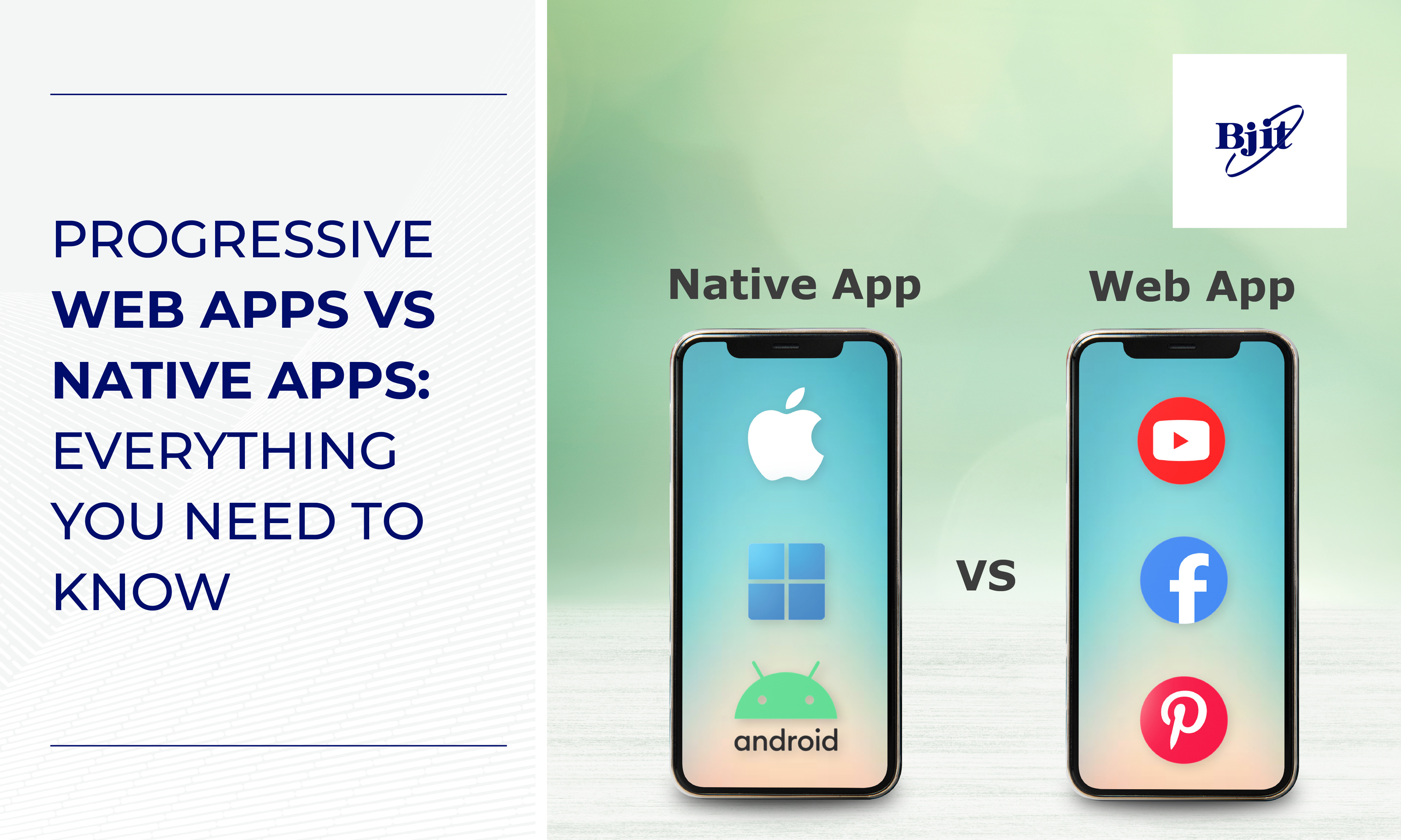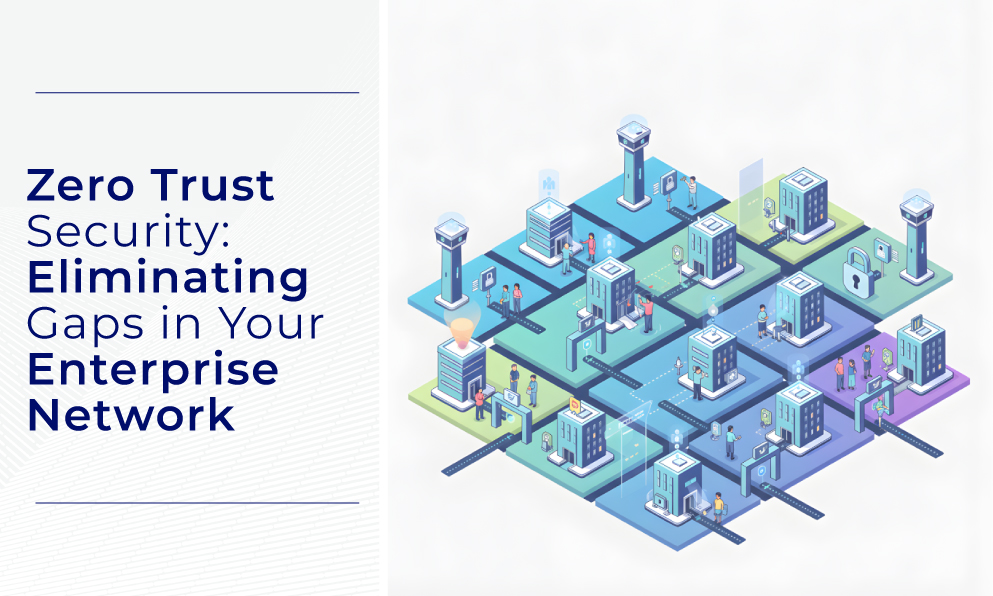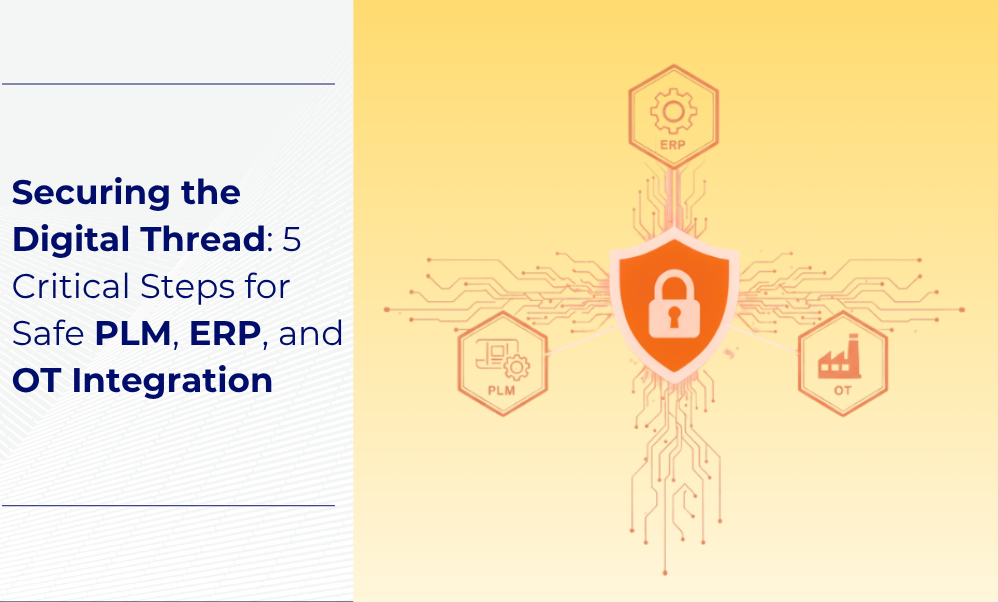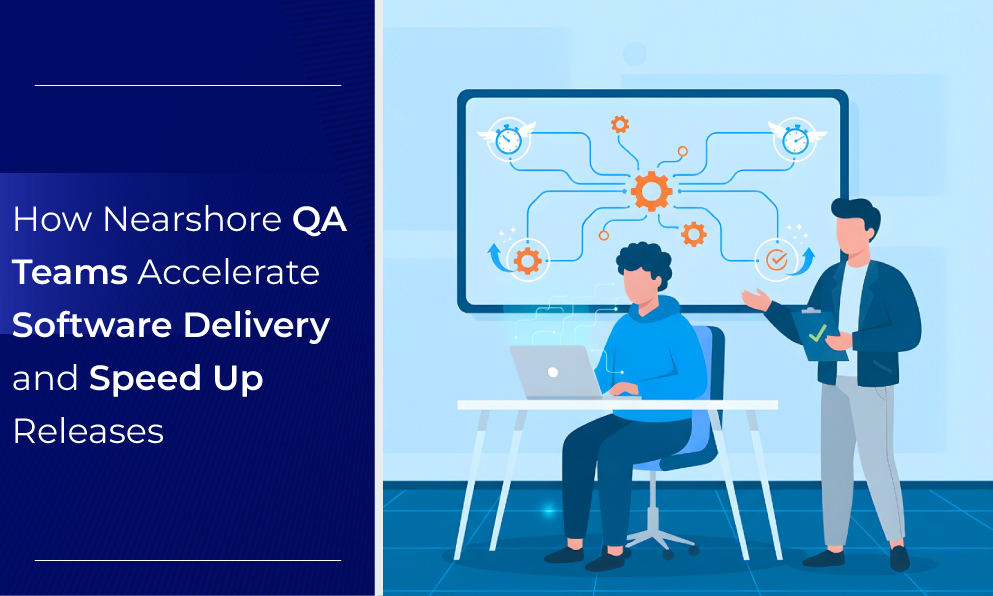The cloud revolution is upon us, transforming how businesses operate and store data. But before diving headfirst into this innovative technology, a crucial step is ensuring your organization's cloud readiness assessment.
This in-depth evaluation helps determine your preparedness for cloud migration, identifying potential roadblocks, and paving the way for a smooth transition.
What is a cloud readiness assessment?
A cloud readiness assessment comprehensively analyses your IT infrastructure, applications, data security, and overall business processes. It assesses your compatibility with cloud computing and pinpoints areas requiring adjustments before migration.
Why is a cloud readiness assessment important?
Imagine moving into a new house without checking the plumbing, electrical wiring, or structural integrity. A cloud readiness assessment serves a similar purpose - identifying potential IT environment issues that could hinder a successful cloud migration.
By proactively addressing these concerns, you can:
- Minimize Migration Risks: A thorough assessment helps uncover potential security vulnerabilities, compliance issues, or compatibility roadblocks that could derail your migration process.
- Optimize Cloud Strategy: Identifying the most suitable cloud deployment model (public, private, or hybrid) ensures you effectively leverage the cloud's capabilities.
- Reduce Costs: The assessment helps pinpoint areas for resource optimization, leading to efficient cloud resource allocation and cost savings.
- Increase Agility & Scalability: The assessment allows you to understand your application needs and migrate workloads that benefit most from cloud-based scalability and flexibility.
How does a cloud readiness assessment work?
The specific steps in a cloud readiness assessment can vary depending on the chosen provider and your organization's size and complexity. However, a typical evaluation follows this general framework:
- Discovery and Planning: This initial phase involves gathering information about your IT environment, applications, data security practices, and business goals.
- Inventory and Analysis: Teams analyze your current infrastructure, identify dependencies, and assess the compatibility of your applications and data with cloud platforms.
- Gap Analysis and Cost Estimation: Potential challenges and improvement areas are identified. Additionally, the cost of migration and ongoing cloud utilization is estimated.
- Actionable Recommendations: Based on the analysis, a comprehensive report is generated outlining recommendations for successful cloud migration, including potential cloud service providers, deployment models, and resource allocation strategies.
Benefits of Conducting a Cloud Readiness Assessment
Investing in a cloud readiness assessment offers a multitude of benefits for your organization, including:
- Reduced Migration Risks: Identifying potential issues minimizes downtime and ensures a seamless transition.
- Improved Cloud Strategy: A well-defined cloud strategy based on your needs ensures you leverage the platform's full potential.
- Enhanced Security: The assessment helps assess your security posture and ensure compliance with relevant data regulations.
- Cost Optimization: The analysis allows for resource optimization, leading to cost-effective cloud resource allocation.
- Increased Agility and Scalability: By understanding workload requirements, you can migrate applications that benefit most from cloud-based flexibility and scalability.
- Improved Decision Making: The assessment's data-driven insights empower you to make informed decisions about cloud migration and strategy.
Critical Considerations for a Cloud Readiness Assessment
A comprehensive cloud readiness assessment delves more than just technical compatibility. Here are the crucial aspects it evaluates:
- Application Assessment: This analyses your applications to determine their cloud suitability. Factors like dependencies, performance requirements, and licensing models are considered.
- Data Security and Compliance: The assessment evaluates your data security posture, ensuring compliance with relevant regulations like HIPAA, PCI DSS, or GDPR. This is especially critical for organizations handling sensitive data.
- Infrastructure Assessment: Your IT infrastructure, including hardware, software, and network connectivity, is assessed to identify potential compatibility issues with cloud platforms.
- Cost Optimization: The assessment helps identify opportunities to optimize cloud resource allocation, which can lead to significant cost savings in the long run.
- People and Skills: A successful cloud migration requires a skilled workforce. The assessment evaluates your team's readiness to manage and maintain a cloud-based environment.
Cloud Readiness Assessment Tools and Resources
Several resources are available to support your cloud readiness assessment. Here are some options to consider:
- Cloud Service Provider (CSP) Tools: Many major cloud providers offer assessment tools or partner with assessment service providers. These tools simplify data collection and provide fundamental insights into cloud readiness. For instance, AWS Cloud Readiness Assessment and Microsoft Azure Readiness provide valuable guidance. [Consider mentioning specific tools offered by popular providers like AWS, Azure, and GCP.]
- Cloud Readiness Assessment Templates: Online resources offer downloadable cloud readiness assessment templates. These templates can act as a starting point for conducting an internal assessment. However, they may provide a different level of detail and actionable recommendations than a professional assessment.
- Professional Cloud Assessment Services: Partnering with a professional cloud assessment service provider offers a comprehensive analysis tailored to your needs. These services leverage expertise to identify potential challenges and recommend optimal cloud migration strategies.
How cloud readiness assessment work in BJIT?
At BJIT, we understand the importance of a comprehensive cloud readiness assessment.
We offer a customized assessment service designed to evaluate your organization's cloud compatibility across various aspects:
- In-depth Application Assessment: Our team of experts meticulously analyses your applications to determine their cloud suitability. We assess dependencies, performance requirements, licensing models, and potential migration complexities.
- Data Security and Compliance Expertise: BJIT possesses deep knowledge of relevant data security regulations like HIPAA, PCI DSS, and GDPR. We integrate this expertise into the assessment, ensuring your cloud migration meets the strictest compliance standards.
- Infrastructure Compatibility Evaluation: Our assessment goes beyond applications, meticulously evaluating your IT infrastructure for compatibility with leading cloud platforms. We identify potential challenges and recommend solutions for a seamless transition.
- Cost Optimization Strategies: BJIT's cloud readiness assessment goes beyond identifying challenges; it actively seeks opportunities to optimize cloud resource allocation, which can translate to significant cost savings in the long run.
- People and Skills Development: A successful cloud migration hinges on a skilled workforce. Our assessment evaluates your team's readiness and identifies areas for training and upskilling. We recommend tailored training programs to bridge any skill gaps.
Why choose BJIT for your cloud readiness assessment?
BJIT brings a unique blend of technical expertise, industry knowledge, and a commitment to client success. Here's what sets us apart:
- Proven Track Record: We possess a proven track record of successful cloud migrations for businesses of all sizes and across various industries.
- Client-Centric Approach: We tailor our assessments and migration strategies to your needs and goals.
- Cost-Effective Solutions: Our services are designed to deliver maximum value, maximizing the return on your cloud investment.
By partnering with BJIT for your cloud readiness assessment, you gain a trusted advisor with the expertise to guide you toward a successful cloud migration. Contact us today to discuss your cloud journey and unlock the transformative power of the cloud for your organization.
Cloud Readiness Assessment FAQs
Who should conduct a cloud readiness assessment?
While you can conduct an internal assessment, engaging a professional cloud service provider can offer a more in-depth analysis and leverage their experience for actionable recommendations.
What is included in a cloud readiness assessment report?
The report typically includes an overview of your IT environment, cloud readiness level, potential challenges and risks, cost estimations, and actionable recommendations for migration strategy and cloud service selection.
What are some popular cloud readiness assessment tools?
Several cloud service providers offer cloud readiness assessment tools or partner with assessment service providers. These tools can streamline data collection and analysis for a quicker assessment.
How much does a cloud readiness assessment cost?
Costs can vary depending on the complexity of your IT environment, the scope of the assessment, and the chosen provider. However, the investment in a cloud readiness assessment pales in comparison to the potential costs of a botched cloud migration.
Conclusion
A cloud readiness assessment is invaluable for organizations considering a move to the cloud. By proactively assessing your environment, identifying potential challenges, and developing a well-defined migration strategy, you can ensure a smooth and successful transition to the cloud, unlocking its full potential for increased efficiency, agility, and scalability.











